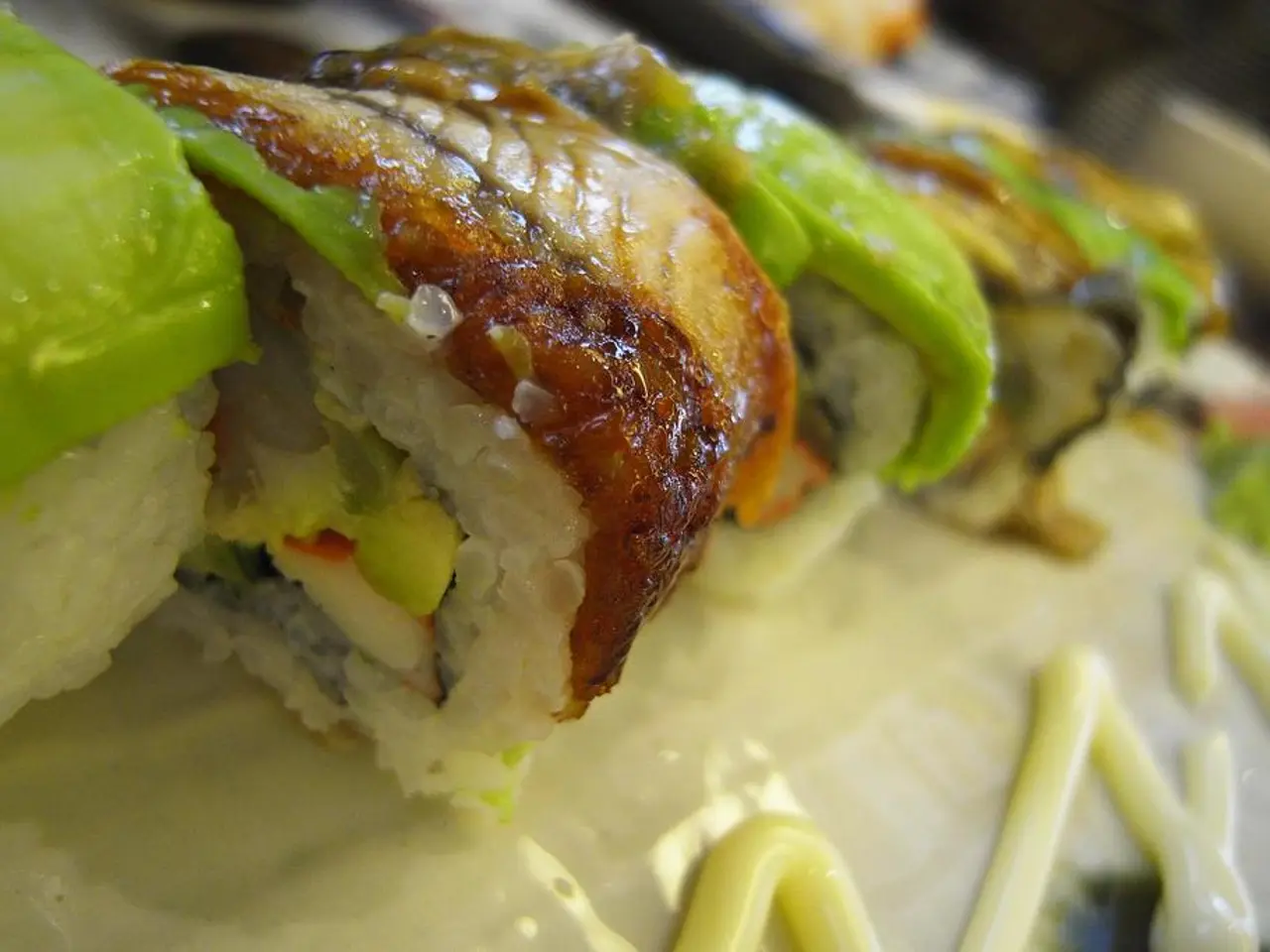Preparing Infant Delicacies
Preparing and Storing Homemade Baby Food: A Guide for Parents
Preparing homemade baby food can be a rewarding experience for parents, but it's essential to ensure that the food is safe and nutritious for the little one. Here's a comprehensive guide on how to prepare and store homemade baby food, based on recommendations from the Food and Drug Administration.
Selection of Ingredients
Start by choosing fresh, organic or grass-fed ingredients suitable for your baby's age and digestive ability. For first foods, around 6 months, consider steaming or baking fruits and vegetables like pumpkin, carrots, or zucchini until soft, then pureeing them until smooth. Meat can be cooked and finely blended. Avoid adding salt, sugar, or honey.
Preparation
Wash your hands and equipment thoroughly with hot, soapy water before starting. Wash fruits and vegetables, remove skin, seeds, and bones from meat, and cook food until tender. Use clean utensils and equipment to avoid cross-contamination. Mash the cooked food until it's smooth, discarding any lumps or hard pieces.
Storage
Store the mashed food in labeled, dated containers in the refrigerator or freezer until ready for use. For shorter storage, refrigerate homemade baby food in airtight containers and use within 24-48 hours to ensure safety. For longer storage, freeze purees in ice cube trays and thaw in the refrigerator overnight before use, serving immediately once thawed. Avoid refreezing thawed portions.
When using ice cube trays, cover them with plastic wrap, and freeze the cubes. Then, store them in labeled plastic bags. Fruits and Vegetables stored in the freezer can last up to 1 month, as can meats or egg yolks and meat-and-vegetable combinations.
Thawing
Thaw the frozen baby food by placing it in the refrigerator overnight, microwaving it while stirring, or placing it in a bowl surrounded by hot water.
Special Considerations
If necessary, add liquid (breast milk, formula, cooking liquid, or water) to thin out thick foods. When using ice cube trays, cover them with plastic wrap, and freeze the cubes. Then, store them in labeled plastic bags.
Avocado Puree
Avocado puree is a simple first food: mash ripe avocado, optionally thin with breastmilk, formula, or water. Freeze in portions using ice cube trays for convenience. If adding allergenic foods like peanut butter, thin out appropriately to reduce choking hazards.
Safety and Allergies
Monitor for any allergic reactions and consult your pediatrician for personalized guidance, especially when introducing allergens. Solid foods should start around 6 months when the baby shows readiness signs, and continue breastfeeding or formula feeding as main nutrition until about 12 months.
Use clean jars, plastic storage containers, or ice cube trays for storage. Always remember that the storage times provided are general guidelines and may vary based on the specific food and storage conditions.
This information has been revised from the original fact sheet written by Lisa Pescara, Extension Educator, Family and Consumer Sciences, available at foodsafety.gov/blog/homemade_babyfood.html.
Incorporating science-based guidelines from the Food and Drug Administration, this guide offers insights into family-health by providing tips for preparing and storing homemade baby food.The selection of ingredients includes fresh, organic or grass-fed foods suitable for a baby's age and digestive ability, such as steamed fruits, baked vegetables, and cooked meat.Storage of mashed food should occur in labeled, dated containers in the refrigerator or freezer, with careful attention given to using within the recommended timeframe to ensure the baby's health-and-wellness.Lifestyle and home-and-garden practices, like using clean equipment and covering ice cube trays with plastic wrap, are vital for maintaining food-and-drink safety and hygiene.




